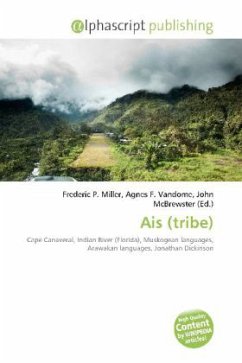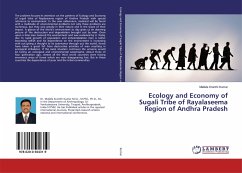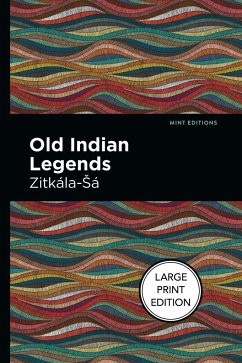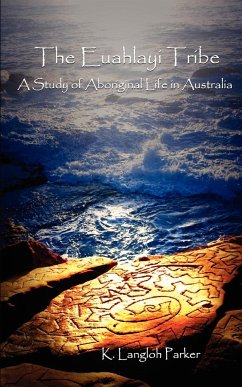
Cheraw (Tribe)
Versandkostenfrei!
Versandfertig in 6-10 Tagen
36,99 €
inkl. MwSt.

PAYBACK Punkte
18 °P sammeln!
The Cheraw were a tribe of Siouan-speaking Amerindians first encountered by Hernando De Soto in 1540. The name they called themselves is lost to history but the Cherokee called them ani-suwa'ii and the Catawba sara ("place of tall weeds"). The Spanish and Portuguese called them Xuala (or Xualla) while other names applied to them (Saraw, Saura, Suali, Sualy, Charaw, Charraw, etc.) by the English colonists. Early explorer Lawson included them in the larger eastern-Siouan confederacy he called "the Esaw Nation." They may have been encountered by De Soto in present-day Henderson, Polk, and Rutherf...
The Cheraw were a tribe of Siouan-speaking Amerindians first encountered by Hernando De Soto in 1540. The name they called themselves is lost to history but the Cherokee called them ani-suwa'ii and the Catawba sara ("place of tall weeds"). The Spanish and Portuguese called them Xuala (or Xualla) while other names applied to them (Saraw, Saura, Suali, Sualy, Charaw, Charraw, etc.) by the English colonists. Early explorer Lawson included them in the larger eastern-Siouan confederacy he called "the Esaw Nation." They may have been encountered by De Soto in present-day Henderson, Polk, and Rutherford counties in North Carolina in 1540. In 1600, they may have numbered 1,200. By 1672, they may have moved to the Stokes County region, where the Saura Mountains are. Prior to 1700, they moved to present-day Danville, Virginia. In 1710, due to attacks by the Iroquois (whose empire by then extended along the entire colonial frontier northward, as far as Montreal) the Cheraw moved southeast and joined the Keyauwee tribe. They were recorded in "The Journal of Barnwell" as maintaining a village on the east bank of the upper branches of the Pee Dee River circa the Tuscarora War in 1712.












